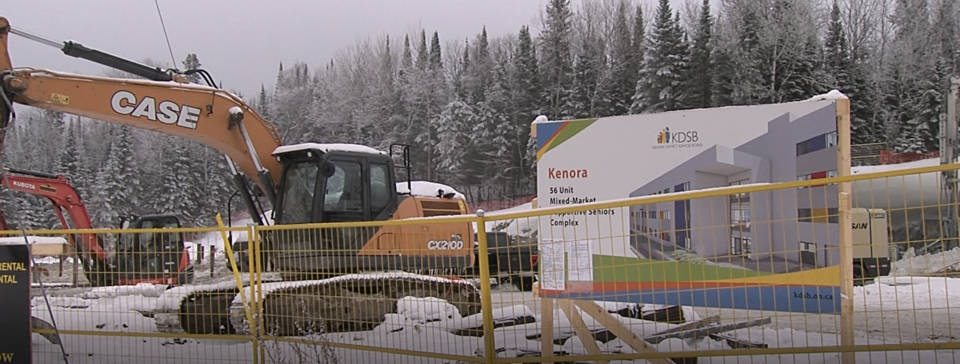KENORA — The chief administrative officer of the Kenora District Services Board points to housing as an area of need in the region.
Henry Wall appeared before the pre-budget hearing in Kenora earlier this week, providing the standing committee on finance and economic affairs with context about poverty, housing, education, emergency services, and employment services in the region, ahead of the tabling of the provincial 2023 budget ready later this year.
“The fact that this committee came to Kenora, travelling all the way from Queens Park to come here means a lot," Wall said. "Getting that context for them to understand that when they make decisions, when you are putting the budget together, there has to be special consideration for the north.”
The board provides services to a catchment area of 407,000 square kilometres across the northwest. Unlike southern Ontario, the northern Ontario rural areas are not tightly grouped.
“You can drive for hours and still be in the district of Kenora," Wall said. "That’s not the case in southern Ontario. So, I think for them to experience that and as a number [of committee members] have indicated, this is their first time being up here.”
Additionally, the far north consists of remote First Nations communities that are accessible by air travel throughout the year and ice roads in the winter.
During the meeting, Wall asked the standing committee to consider an increase in house supply with an emphasis on affordable housing, stream construction and development, expand land use access on crown land, and increase housing availability and quality.
According to the services board, one in 10 northwestern Ontarians live in low-income households. Between 2001 and 2016, new dwelling constructions across the province were 21 per cent. New housing development in the Kenora District was at 16.1 per cent, but in other municipalities, those numbers significantly drop. The lowest is in Ignace, with two per cent of new housing development.
Pickle Lake, on the other hand, has not had a new seeing housing development since 2000.
The board points out that the cost of developing housing varies between municipalities. In the Kenora district, the cost of development is nine per cent higher relative to the City of Winnipeg. In Pickle Lake, the cost of development is assumed to be 26 per cent.
“We need more housing, and why it’s important, and one of the reasons why we value our partnership with Seven Generation Institute, to actually bring education and housing together. Without it, it’s very difficult to achieve it. Without a home, it’s very difficult to have a stable life,” Wall said.
The board and Seven Generations Institute proposed an expansion to the Manidoo Baawaatig Education Campus, which would help develop a five-story, 53,630-square-foot building which includes 68 residential spaces and a teaching child care facility.
Wall acknowledged that the project would aim to install a wrap-around system that protects the public from needing social assistance like low-income housing. By offering suitable education in the districts, which includes affordable housing while people are going to school, but also provides those people with a space to stay within their communities.
